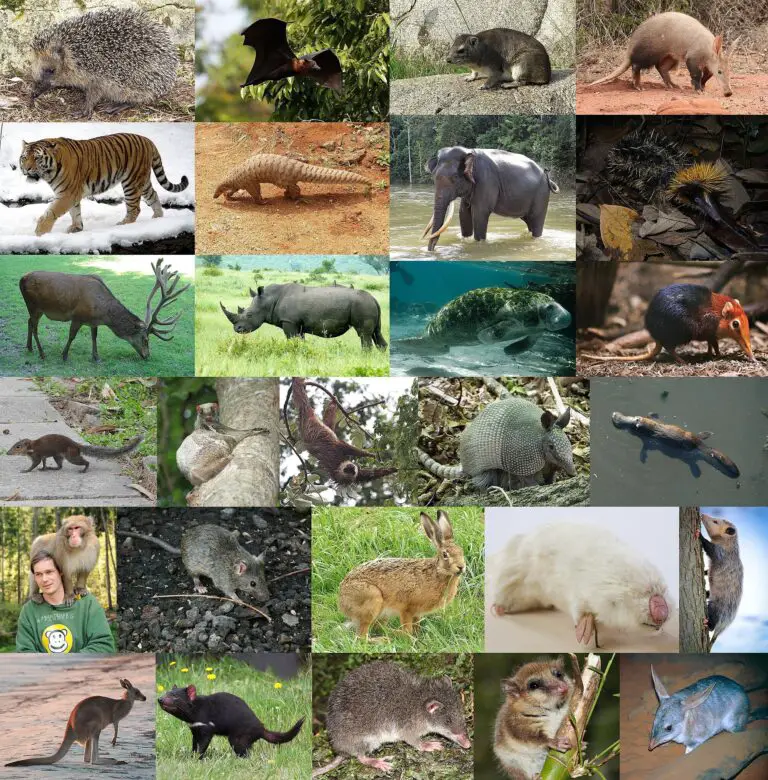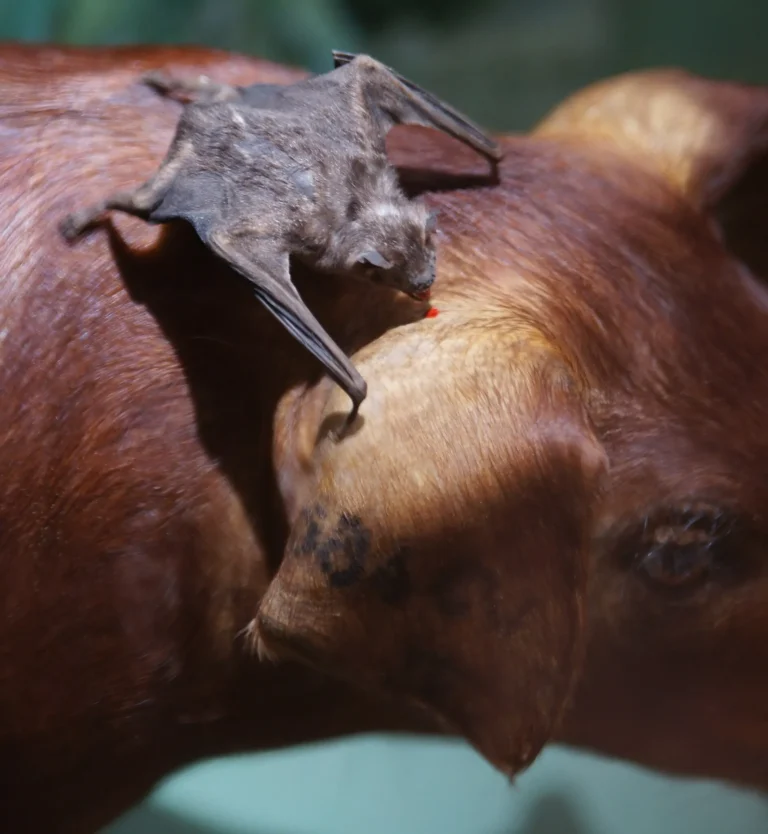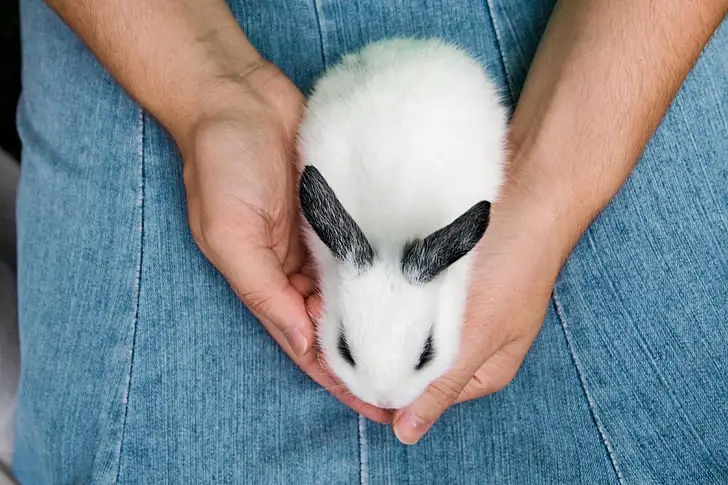Cover Cropping Definition, Comparison and Examples Explained
Cover cropping is the deliberate cultivation of resilient, rapid-growing crops on land, in order to protect and improve the soil. This article discusses cover cropping definition, comparison, and examples, as follows;
-Cover Cropping Definition: 5 Ways to Define Cover Cropping
-Cover Cropping and Mulching: Combination, Comparison
Cover Cropping Definition: 5 Ways to Define Cover Cropping
Cover cropping can be defines as a sustainable agricultural practice whereby any of various selected crops are grown in a bid to protect soil and boost productivity.
As a sustainable farming practice, it can be argued that the objectives of cover cropping include ecologic sustainability, stability and resilience. The cover cropping definition below sheds more light on some benefits or advantages of cover cropping;
Cover cropping is the cultivation of fast-growing, competitive and resilient crop species on land in a bid to achieve soil conservation, erosion control, water conservation, and fertility enhancement among other benefits [3].
Below is an alternative cover cropping definition that mentions some examples of cover crops;
Cover cropping is a system of agriculture that involves the planting crops such as vetch, buckwheat, cowpea, rye, Sudan grass, vetch, alfalfa, mustard and clovers, to serve as protective covering for the soil [2].

In addition to its role in soil and water conservation, cover cropping is versatile; and can be easily integrated with other practices, or implemented in the context of various sustainable agricultural principles. Some of these principles are mentioned in the following cover cropping definition;
Cover cropping is the cultivation of cover crops as a means of protecting the soil, which could be done in combination with contour farming and crop rotation, or in the context of organic farming, permaculture, or biodynamic farming.
Lastly, the disadvantages of cover cropping are included in the cover cropping definition below;
Cover cropping is the sustainable practice of cultivating resilient and rapid-growing crops for the purpose of soil conservation, and which could be affected by challenges such as extra cost, time and labor demand, climate selectivity, and unwanted competition with crops.
Cover Cropping and Mulching: Combination, Comparison
Cover cropping is very similar to mulching in terms of context and function.
Mulching involves the use of organic or inorganic materials to cover the soil. In the context of sustainable agriculture, organic mulching, which is the exclusive use of organic materials (biomass) for soil covering, is more recommendable [1].
Cover cropping is also aimed at covering the soil. It is a sustainable agricultural practice as well, but differs from mulching in terms of the materials used.
While mulching may utilize crop residue or polythene to cover the soil, cover cropping relies on crops which are planted for this sole purpose.
What it implies is that mulching is more flexible than cover cropping.
Unlike cover cropping, mulching can be practiced simultaneously with any of various agricultural methods including conservation tillage, crop rotation, contour farming, conventional agriculture, and even cover cropping.
On the contrary, cover cropping is not too flexible and can be integrated with only a few other methods like crop rotation, since it requires the cultivation and growth of crops.
The following table summarizes the comparison between cover cropping and mulching;
|
Comparison Criteria |
Cover Cropping |
Mulching |
|
Aim |
Soil conservation, weed/pest/disease control |
Soil conservation, weed/pest/disease control |
|
Materials |
Cove crops |
Organic/inorganic materials |
|
Context |
Sustainable agriculture |
Sustainable and conventional agriculture |
|
Relative Flexibility |
Low |
High |
Cover Cropping Examples
Cover cropping examples are;
1. Cultivation of barley and oats on pastoral land, on which rotational grazing is practiced.
2. Sorghum cultivation as part of a crop rotation scheme
3. Vetch cultivation in-between crop rows on sloping land
Conclusion
Cover cropping is the sustainable practice of cultivating legumes, cereals and other rapid-growth, resilient crops on land, to protect and improve the soil.
The difference between cover cropping and mulching is in the materials used, where mulching makes use of organic waste or inorganic materials, while cover cropping utilizes selected crops for soil protection and enhancement.
Examples of cover cropping include barley/oat pastoral cultivation, sorghum in crop rotation, and vetch cultivation on sloping land.
References
1). Chakraborty, B.; Kundu, M.; Chattopadhyay, R. N. (2016). “Organic Farming with Bio-mulching–A New Paradigm for Sustainable Leaf Yield & Quality of Mulberry (Morus Alba L.) under Rainfed Lateritic Soil Condition.” Agriculture and Agricultural Science Procedia 11:31-37. Available at: https://doi.org/10.1016/j.aaspro.2016.12.006. (Accessed 24 October 2022).
2). Chapagain, T.; Lee, E. A.; Raizada, M. (2020). “The Potential of Multi-Species Mixtures to Diversify Cover Crop Benefits.” Sustainability 12(5):2058. Available at: https://doi.org/10.3390/su12052058. (Accessed 24 October 2022).
3). Karuku, G. N. (2018). “Soil and Water Conservation Measures and Challenges in Kenya; a Review.” Available at: 10.32474/CIACR.2018.02.000148. (Accessed 24 October 2022).


